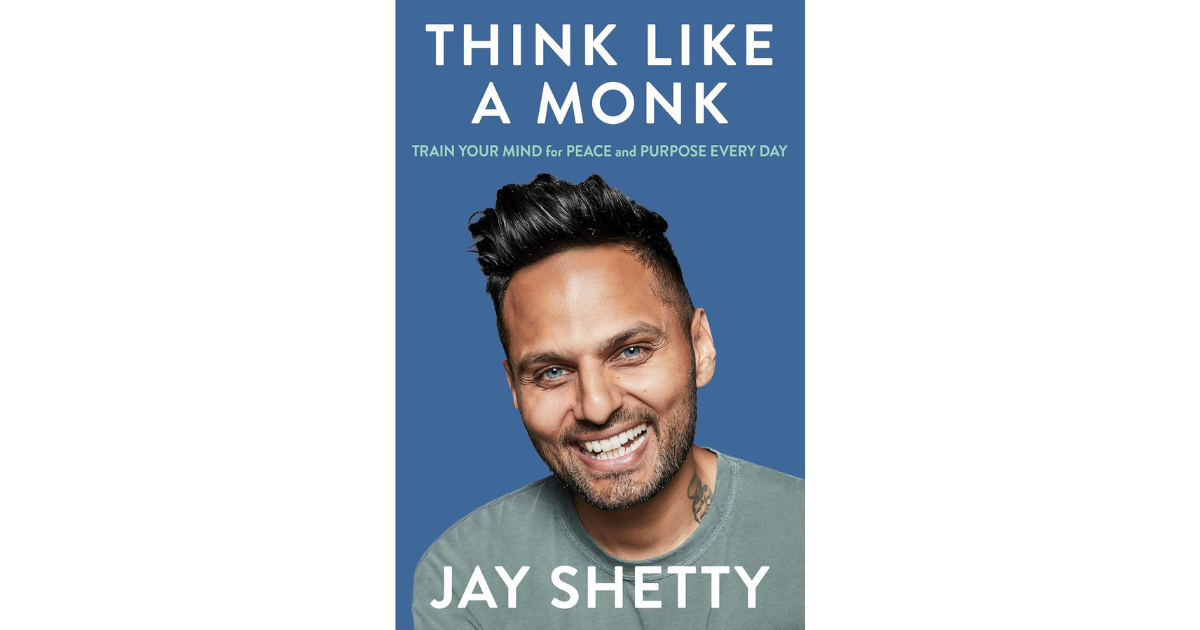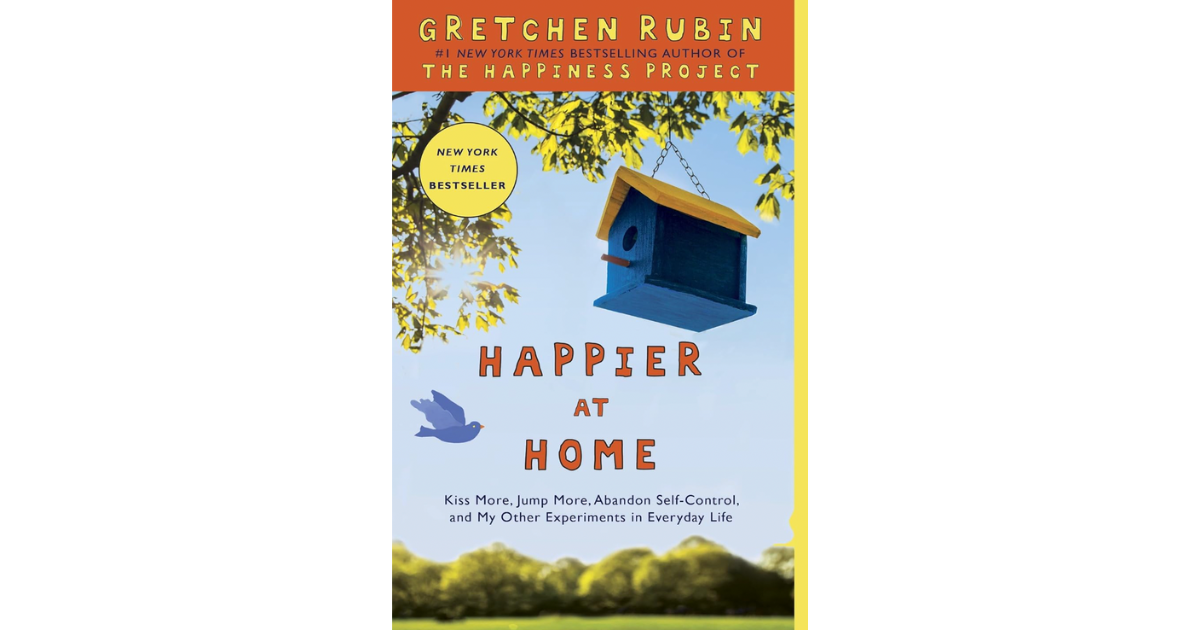Business Book Review: Writing for Busy Readers by Todd Rogers and Jessica Laksy-Fink
Writing for busy readers isn’t about sounding impressive; it’s about writing with the reader in mind. And easing the burden your writing puts on them.
My Rating: ★★★★
Length: 240 pages
Publisher: Scribe Publications
Released: 2023
Key Takeaways for Personal Branding
Todd Rogers and Jessica Laksy-Fink help give your writing the tools to combat the harsh reality of busy readers:
“Busy people tend to skim, postpone reading complex messages or ignore them entirely.”
If your ineffective writing manages to seize busy readers’ attention, it imposes an ‘unkind tax’ on their time.
Rogers and Laksy-Fink emphasise an important point other authors writing about writing often overlook. Ineffective writing is also insensitive. It demonstrates disregard for readers with limited literacy, who speak English as a second language, or who have learning disabilities. So, effective writing is not only best practice - it’s democratic.
Get inside the reader’s head
Good writing is not about you; it’s about your reader. Get outside your head and into your reader’s. In their busy lives, make reading easy for them. For example, create strong visual contrast. Our brain has evolved to see striking things that stand out in our environment.
Accept that everyone skims. Now, prepare for it. Busy readers will skim over large walls of words. They land instead on images, anchor points, the first lines of paragraphs and visually contrasting formatting.
Know your goals
Effective writing is about transferring the goal of the writer to the reader. Developing your skills as an effective writer will help make you a lucid thinker. The book quotes Adam Grant saying:
“Turning thoughts into words sharpens your reasoning. What’s fuzzy in your head is clear on the page.”
Less is more
What should be overtly obvious when writing for busy readers is worth overemphasising. For the busy person, less is always more. Complex writing puts a burden on the reader. Concise writing puts the onus on the writer. As the famous maxim from Blaise Pascal captured:
“I would have written a shorter letter if I’d had more time.”
Research has shown people tend to add words and content while editing when they should be removing them. When you include fewer ideas, words and requests, your reader is more likely to read your writing:
“Concise writing requires a ruthless willingness to cut unnecessary words, sentences, paragraphs, and ideas.”
Nancy Gibbs former editor-in-chief for Time magazine, would advise her writers that every word had to earn its place in a sentence. And every sentence had to earn its place in a paragraph. And every idea had to earn its place in the text. This isn’t about cutting everything into the shortest possible messages. It’s about cutting what can be cut.
Make reading easy
To make reading less of a burden on your reader, use more common words, shorter tenses and an active voice.
Even in academia, the focus is shifting towards more simple writing. The American Marketing Association instructs would-be authors that its journal is “designed to be read, not deciphered”.
Remember, humans evolved to speak before we learned to write. Write the way you speak. Speaking more likely uses linguistic structures that are easier to understand.
Eye-tracking studies show that readers pause when they process the end of a sentence. This implies we stop to process the meaning of the sentence. Complex sentences require the reader to hold more information in their minds at one time. So instead, make reading easy for your busy reader.
Favourite Quotes
“Stop thinking of your message as a set of words and think of it as a type of map.”
“An additional factor to consider is not why the reader should care but why the reader should care now.”
“Writers commonly offer the reader too many choices. Providing many options might seem kind and considerate, but what it actually does is impose an unintentional “attention tax” on the recipient.”
“Writers should aim to use the fewest number of words, ideas, and requests necessary to achieve their goals, and no fewer.”
Writing for Busy Readers by Todd Rogers and Jessica Laksy-Fink: Available on Amazon.





